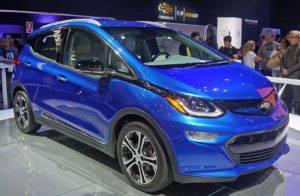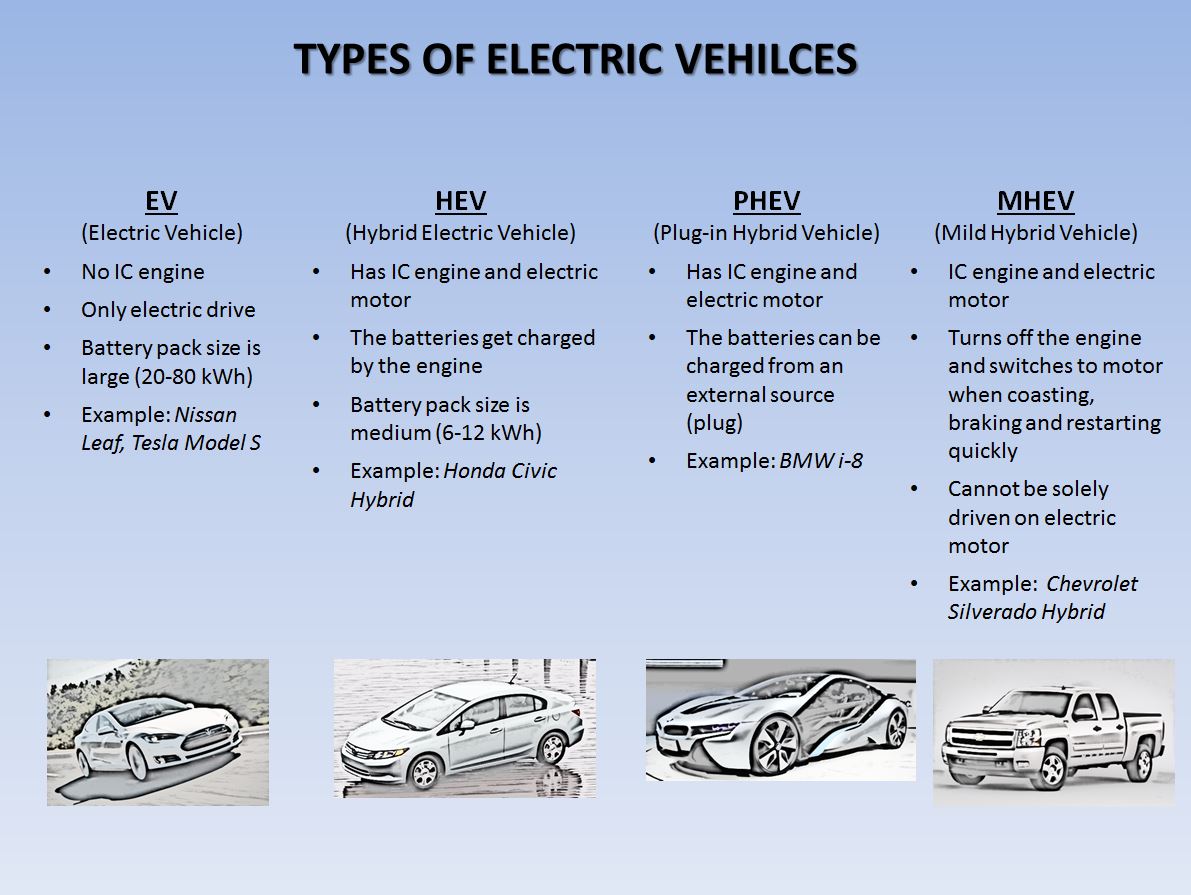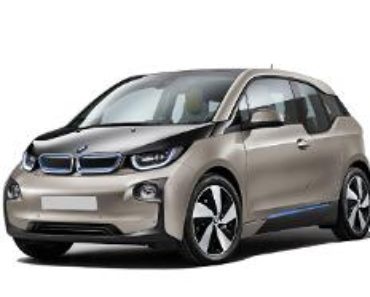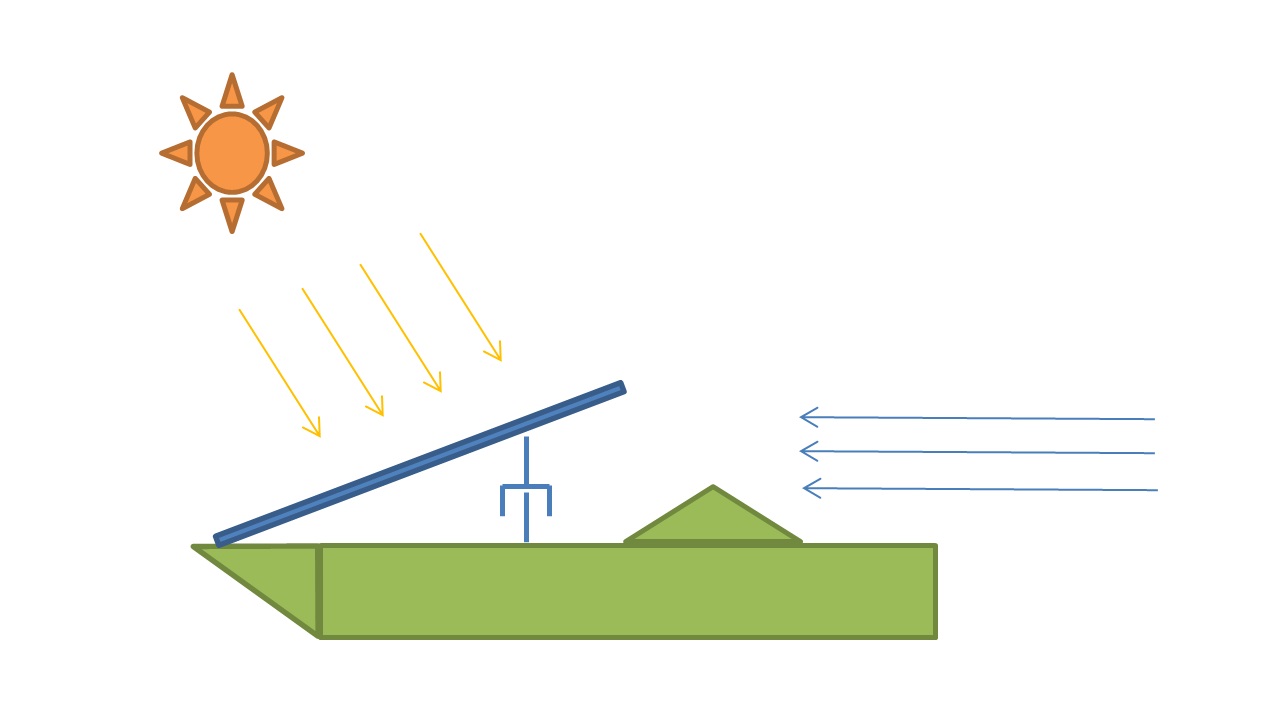The Chevrolet Bolt was launched by GM in December 2016. As of March 2017, it was available in only a few states in the US, but will be available nationwide from mid 2017. Since its launch, it has made a strong start. It sold 579 units in the first month (December 2016) and 1162 in the second month (January 2017). The numbers are stacking up quickly and there is speculation that by the end of the year, GM would sell upward of 30,000 units of Bolt. So far it is the only EV in the market with over 200 mile range and affordable price tag of 37,495 USD. The exact range is 238 miles on an EPA test cycle.
The Tesla Model 3, although cheaper is months away from launch. With the backlog of orders, the car is years away for someone who decides to purchase it today. Bolt on the other hand is out there and selling, eating into the ripe market for affordable EVs.
GM has revealed that the battery cell cost are $145 /kWh. The battery pack size is 60 kWh. The gives us a pack cost of around $8700. The price of the pack is very high if one is already contemplating replacement in due time. However when it is compared with the battery pack price of $18000 for the Nissan Leaf (24 kWh), when it was launched in May 2010 than it is realized how cheaper the technology has become in 7 years time. Like most EV’s the Bolt is also quick off the mark but also doesn’t substantially lose its acceleration ability at higher speeds.
It has been suggested that other than high range, Bolt’s high performance would also play a vital role in swelling its numbers on the road. It does 0-60 mph in 6.5 second which is almost four seconds better than Nissan Leaf (10.4 sec). Until the Tesla Model 3 arrives, the Bolt has enough to eclipse the likes of Nissan Leaf, Renault-Zoe and BMW i-3.
It is interesting to note that despite favourable reception and higher than expected sales, it was reported (Detroit News) that GM will lose up to $9,000 on every Bolt it sells [1]. Nonetheless it is still a good business plan as it allows GM to earn ZEV credits (Zero vehicle Emission Credits) from state regulators. This will allow GM to subsidize the sales of its ICE vehicles. GM has the leverage to offset the loses due to diverse portfolio, on the other hand Tesla have no such option. They will have to produce car with a profit margin for sustainability of business.
Although GM is miles ahead in electric car production compared to other big car manufacturers Ford and Chrysler. However, it is still getting tough time from the likes of Tesla and foreign players (Nissan, Toyota, BMW). Competition in the EV world is true and this can only mean good news for the customers. Battery Pack prices are also falling by at least 8% a year.
Please feel free to share this article using the buttons below.
References
GM may lose $9000 on every Bolt it sells







